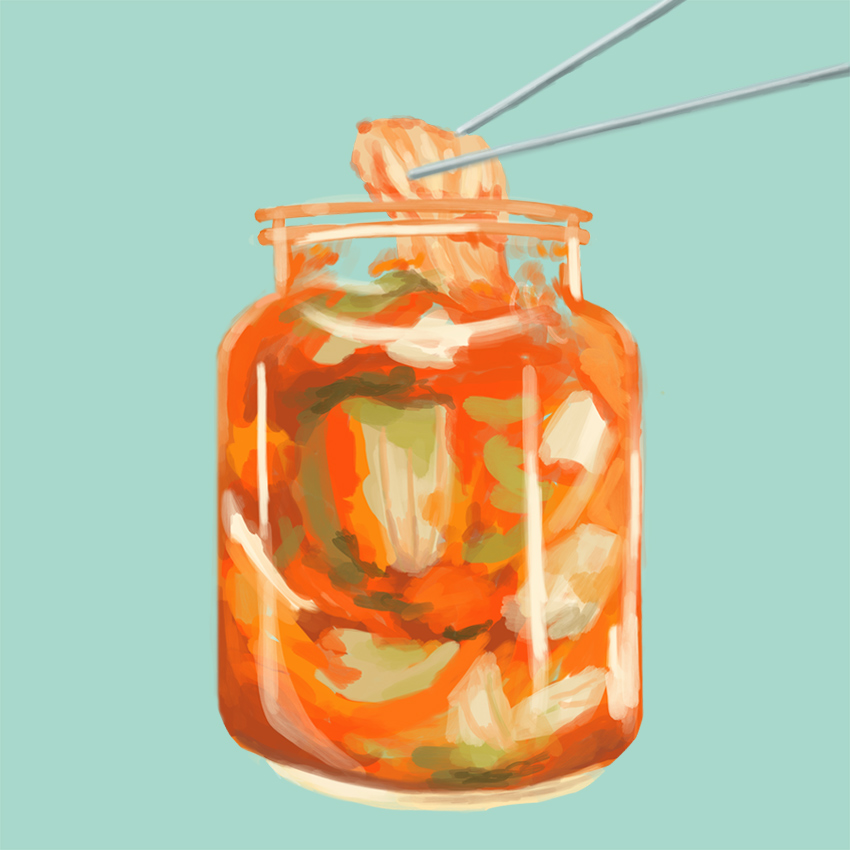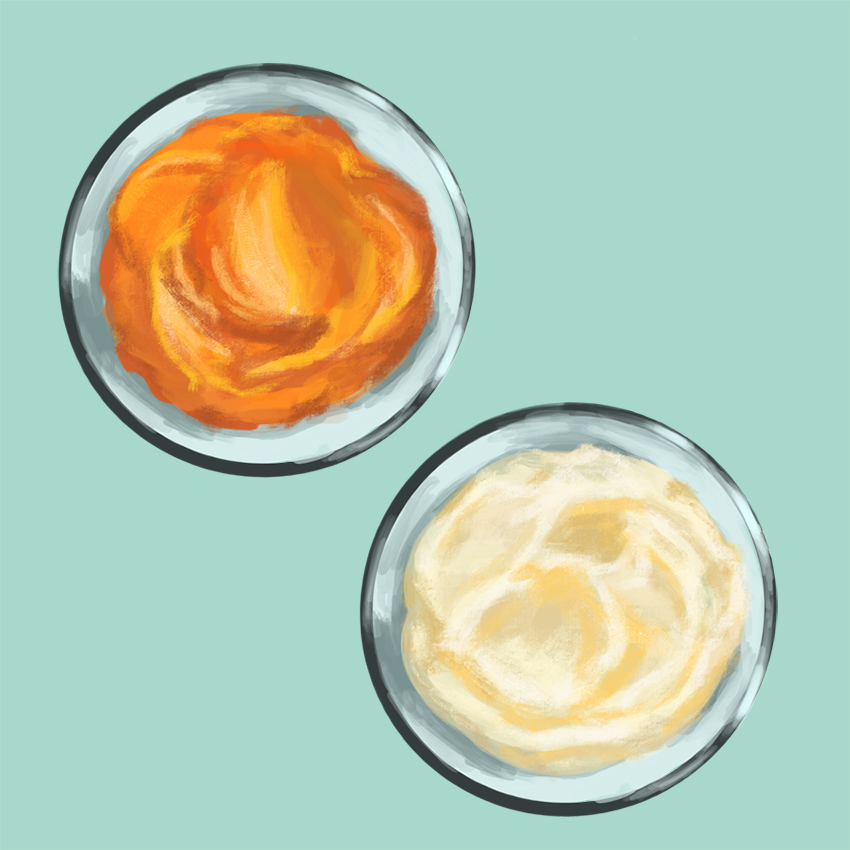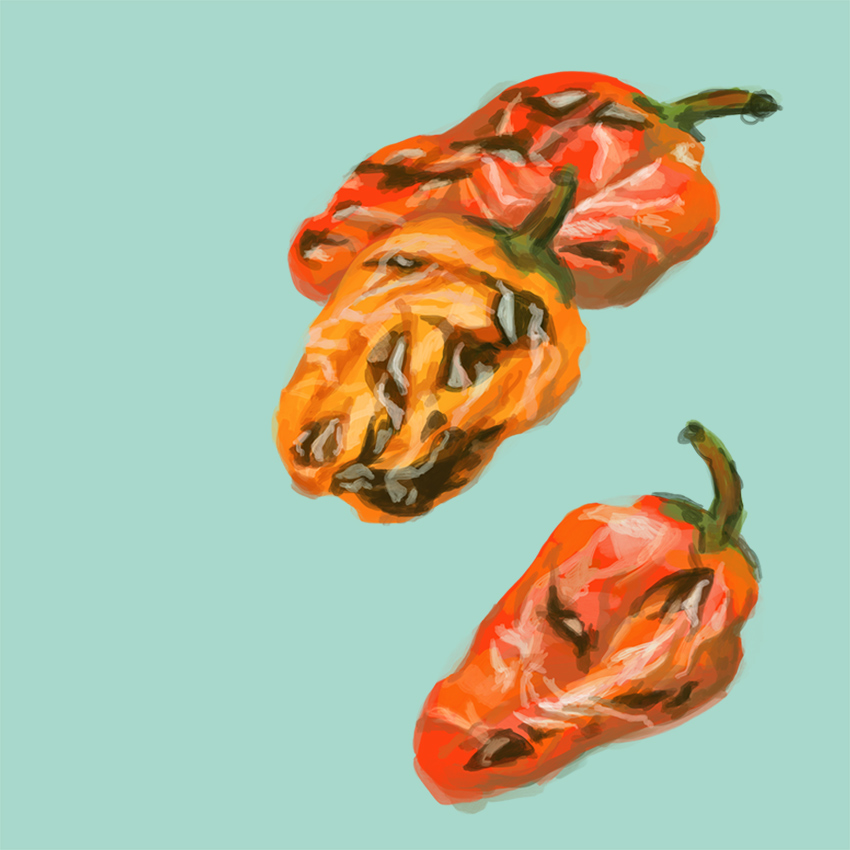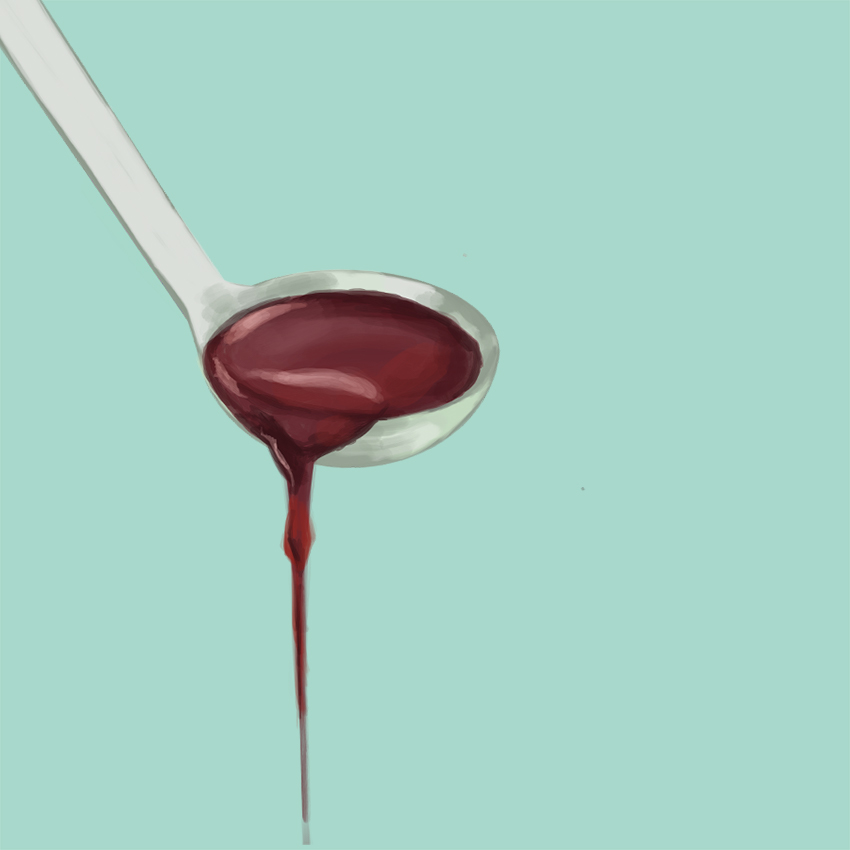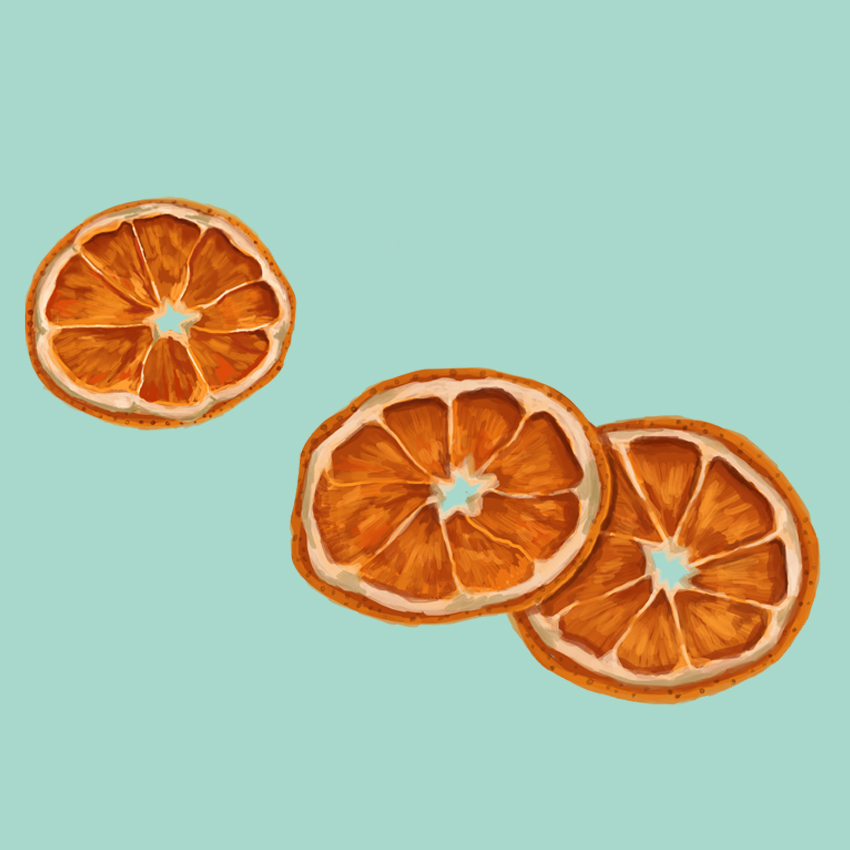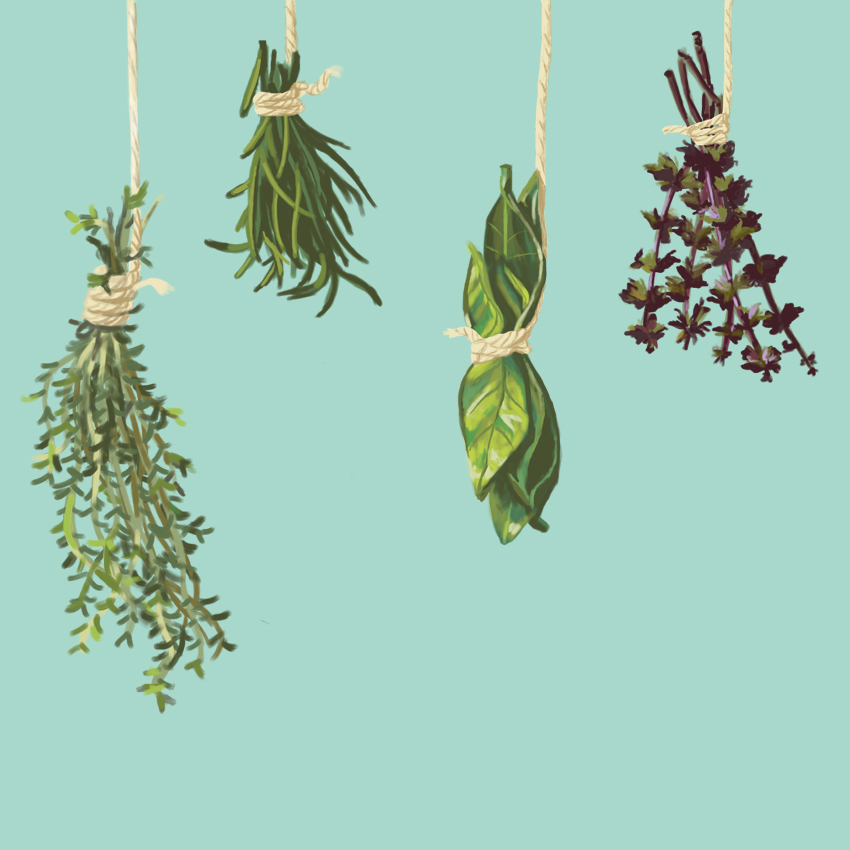Creativity is a practice of discovery. It is uncovering something yet unknown, doing something yet undone, finding new ways to process and solve things, and connecting seemingly unrelated ideas.
It does not start with owning the latest and most expensive cooking equipment available nor gathering components from different sources to produce an uninspired plate. It is putting to form what simply started out as the seed of an ingenious idea.
Being imaginative is different from being creative. The former describes someone who merely brews clever concepts, while the latter involves a step further as a creative person not just thinks but also works on their own designs.
Creativity is a two-step process: crank out ideas then turn them into reality. But to understand creativity or even begin to be creative, you must first be confident with your knowledge. As they say, knowing is half the battle.
Here, we look at simple yet crucial cooking techniques to help jumpstart the creative process of designing your own dishes. The more you work with an ingredient, the higher the risk of jeopardizing its integrity, but choosing the cooking technique wisely plays a big role in bringing out its flavor.
Fermentation
Fermentation has been used for centuries as a way of preserving and enhancing flavor. But it does more. This metabolic process also makes food more digestible and increases the presence of micronutrients. It converts sugars to acid (sauerkraut and yogurt), gas (salami and bread), or alcohol (kombucha tea and kefir).
A traditional staple from Korea, kimchi is rapidly crawling its way into restaurant menus. And it’s no mystery why as it gives an additional punch and depth of flavor and a tangier note to humdrum dishes. Sliced and mixed into soup; puréed, thickened, and used as a sauce; or chopped and tossed into rice, it’s versatile enough to accommodate any form and flavor.
Creative cooking technique: Don’t feel caged in by the reins of a recipe. Trade the cabbage for something more local and familiar like Baguio pechay or kangkong.
Purée
Think of it as a sauce with more body. Not only does it add character and color to a dish, a purée also makes the presentation playful. Drag it across with a spoon or make small puddles of it—purées undeniably add pizzazz to the plate. Best of all, almost anything can be puréed, from starchy roots to fibrous vegetables.
Each ingredient entails a different procedure but they typically follow a generic rule: Take out the seeds and skins and cook the rest for easier processing and more pronounced taste. Don’t be caught up with the texture though as flavor and color are also key. Be careful when reheating a purée though as it might turn your purée into an unappetizing gray.
Charcoal grilling
By kissing the hot grill, vegetables activate their sugars and make them more apparent in taste. Take, for example, a carrot: You can either boil it or roast it. Due to its natural sugar content, boiling would only soften the fibers and not gain any advantage from the sugars. Roasting, on the other hand, will take longer to soften the carrot but due to the dry heat, the mallard reaction takes control of the sugars and creates a flavor that closely resembles savory caramel.
To grill vegetables and add a lovely charred taste on top of their natural flavor, directly place them on a hot grill that’s been sprayed with oil to avoid sticking. As an alternative, and to keep their natural shape and moisture, you can place the vegetables in a foil pouch.
Creative cooking technique. One of the more popular items to make it to restaurant plates is grilled leeks. In fact, some offer it as the dish itself, with the inner layers providing luscious sweetness. Noma’s Rene Redezpi does his by grilling it over hardwood lump charcoal for 45 minutes, then serves it with a cod roe and blueberry sauce.
Reduction
Patience has its rewards. And with regard to liquids, it comes as concentrated flavors. Reduction is done by prolonging the duration of liquid over heat, letting water evaporate and, consequently, intensifying its taste. You can simmer or boil anything from stocks and sauces to vegetable juices and wine. Just make sure there’s no lid so the vapors can escape, and that you taste the liquid every once in a while as the salt molecules that remain may be too piercing.
Dehydration
Rather than bottling, canning or freezing fruits and vegetables for later use, more and more chefs are opting for dehydration when it comes to their excess harvest. Doing so has advantages: It is a low-cost, worry-free way to preserve food; plus, it intensifies the flavors of your fresh goods. A well-aged and dehydrated protein adds depth and texture to any dish.
It can be easily done at home too, using a conventional oven, the natural heat of the sun, or, for fast results, a commercial dehydrator. Don’t be alarmed when the food becomes noticeably hard, fragile, or pliable to the point of being rubbery when let cool; such is the nature of the items when they have only 10 percent moisture left in them. To use, shatter food into pieces or pulverize and sprinkle them as a flavor enhancer, to garnish and prettify plates, or grate straight onto dishes as a finishing ingredient.
Creative cooking technique: Dehydration is common to fruits and vegetables, but the technique is not limiting. Try it on ingredients like local tuna roe, which would come out like the Italian botargo.
Aging
Beef, pork, and fish can all be aged. It is simply allowing enzymes to break down muscle tissues, ensuring a more tender protein and strength in flavor. From the moment an animal is slaughtered, rigor mortis or the stiffening of the limbs caused by death sets in. Giving meat sufficient time to age relaxes the muscles, consequently producing a more succulent and flavorsome finished product. The process will make your protein lose a third of its original weight, but all that is compensated for with better-tasting meat.
Average time for beef: 14-28 days
Average time for pork: 6 days
Average time for fish: 3 days
Aromatics
Aromatics are the foundations of flavor. Their absence would be akin to building a house without a supporting base; it is bound to collapse. Imagine not having the sweetness of onions in soups, the sofrito to your risotto, or the mirepoix to your stews. It just isn’t the same without aromatics. However, you’d need vegetables, herbs, and spices to stack the flavors on so aromatics are not advised to be used as a finishing flavor but more of an essential encore. When using aromatics, keep these in mind:
- Tie bundles of herbs in stalks or store them in mesh bags to save you from finding them in a mess of a thick stew later on. This way, you can easily fish them out all at once.
- Don’t sweat over chopping vegetables into the right size if you’re going to take them out of the pan anyway. Just chop them into pieces and reserve the knife work for other dishes.
- If the aromatics will be part of the final dish, you will want to chop them finely. It helps not just for the presentation but also for extracting the flavor, as you have more surface area to get it from.
Emulsions
When you marry liquid and oil, you produce what is called an emulsion. In culinary speak, it’s combining mostly fat and water, one dispersed into another. Salad dressing is a prime example of water injected into fat, while aioli or hollandaise sauce is an example of the exact opposite. Emulsions are heavily relied on to provide texture and flavor to a dish.
Mayonnaise is a classic emulsion, which all of us is familiar with: Egg yolks and oil join to create a sublime texture. Lactonnaise is similar. By replacing egg yolks with milk, you get a delicate base emulsion, which you could add any flavor to.
Creative cooking technique: Take mayo or hollandaise and bulk it up with flavors such as brown butter sriracha hollandaise sauce or wasabi mayo for a subtle kick.
Originally published in F&B Report July-August 2015






